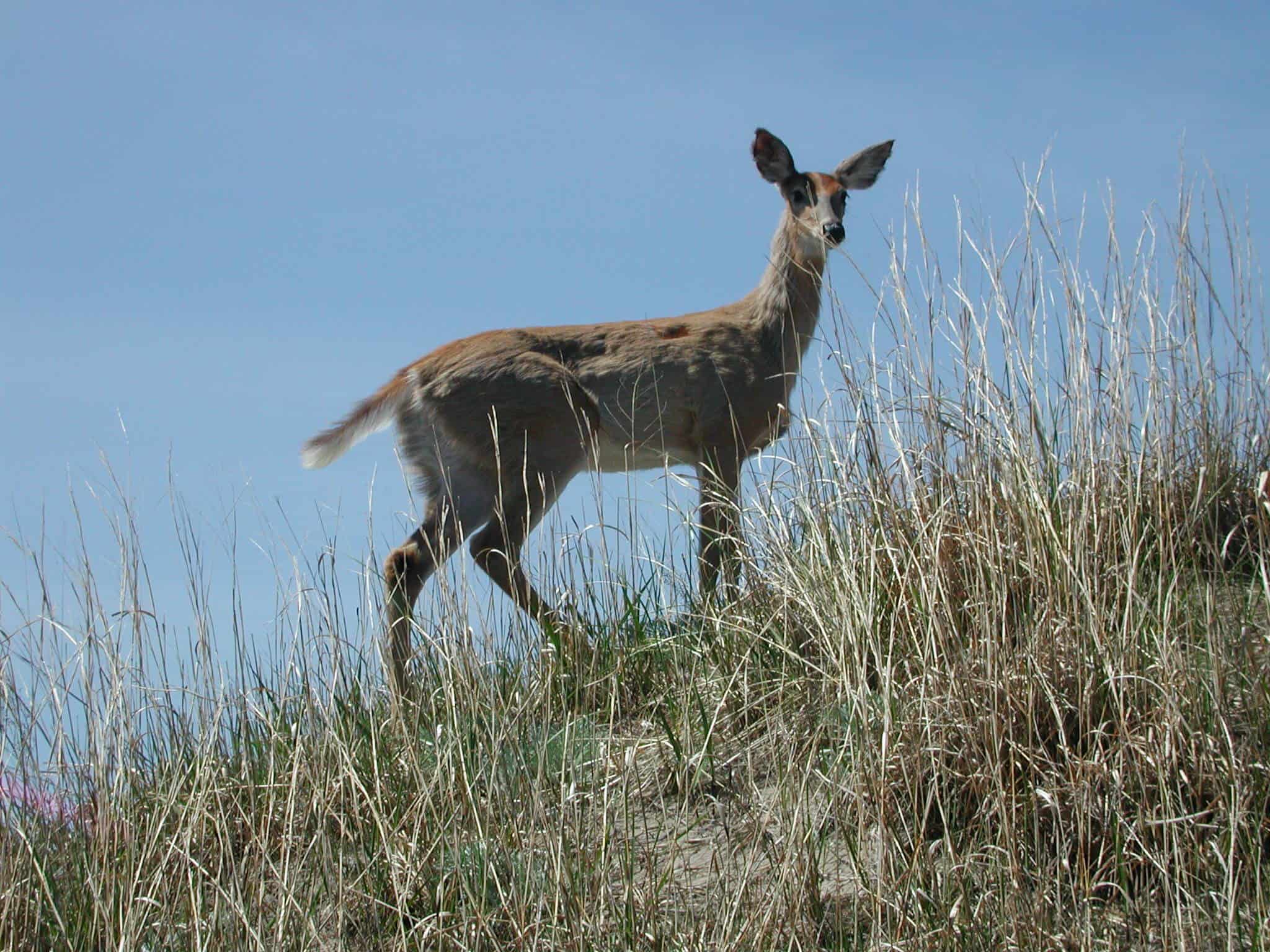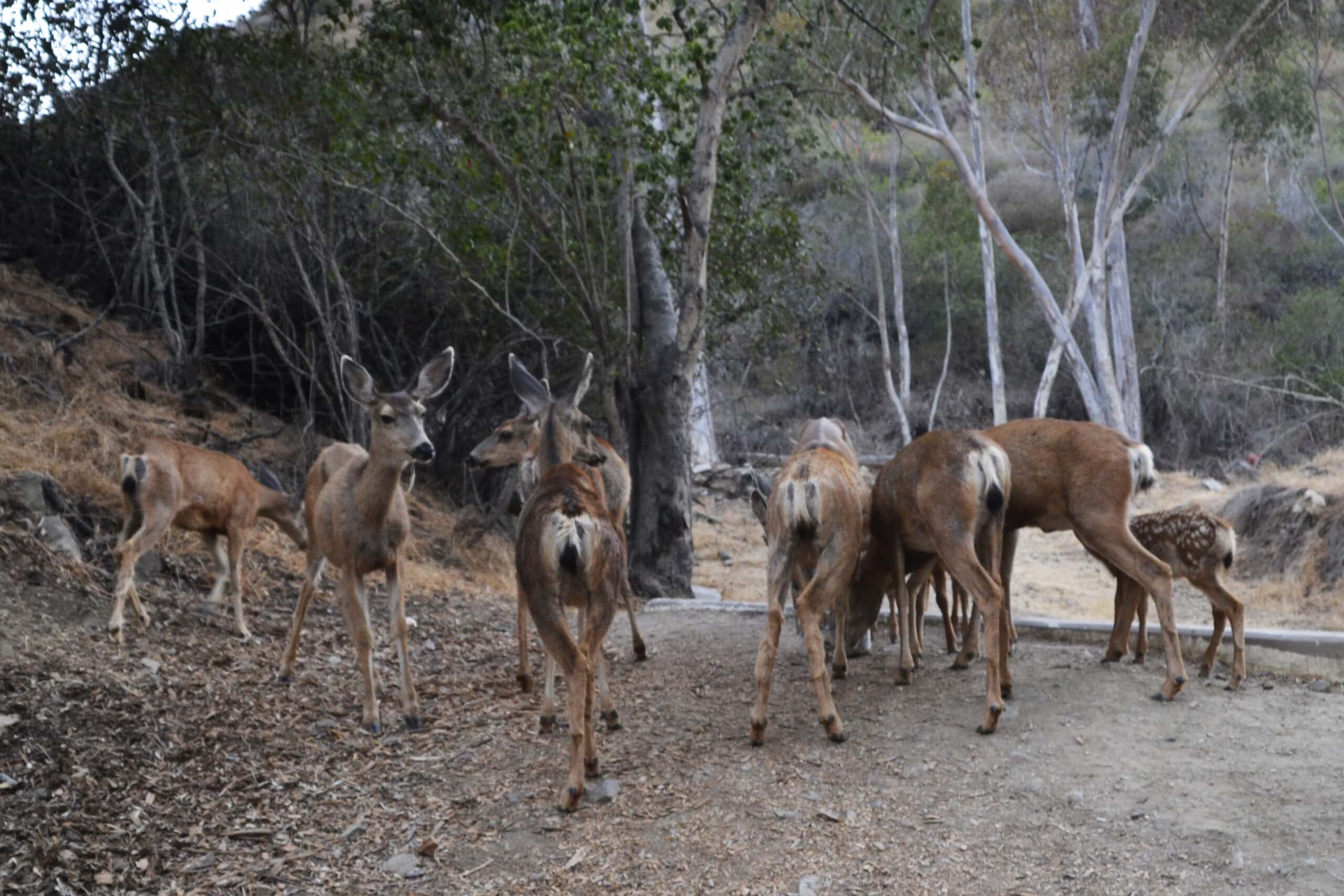Share this article
Wildlife Featured in this article
- Gray wolf
- Elk
- Grizzly bear
- Cougar
- Bison
- Beaver
Apex predators don’t restore wetland willows
Reintroducing wolves didn’t result in a rapid recovery of willows in Yellowstone
The return of wolves to Yellowstone National Park, as well as the comeback of other predators, may not restore wetland ecosystems there as much as some scientists had hoped.
Gray wolves (Canis lupis) were extirpated in the park by the 1920s due to predator control efforts. But in the 1990s, wolves were reintroduced. At the same time, other predators, including grizzlies (Ursus arctos horribilis) and cougars (Felis concolor), began naturally returning to the area. Many have theorized that predation on elk (Cervus canadensis), which overgraze vegetation if left unchecked, has helped the ecosystem recover to its more historical state.
But research assessing the system for 20 years tells a different story. “There’s a lot of research analyzing ecosystems after predators are removed,” said David Cooper, a senior research scientist emeritus in the Warner College of Natural Resources at Colorado State University. But studies on reintroducing predators back into the ecosystem are harder to come by. “We weren’t really sure what to expect.”
Cooper and his colleague Tom Hobbs, an emeritus professor at Colorado State, were the senior authors of a study published in Ecological Monographs analyzing how the wolves’ and other predators’ returns affected riparian willows.
Beaver extirpation
In the past, elk fed heavily on willows, a riparian plant. In turn, beavers (Castor canadensis), no longer had food and material to build dams and raise the water table. Beavers were extirpated from this region of the park by the 1940s due to a lack of willows and from overharvesting them.
“These small streams had gone from a beaver-willow system, which was wet and dynamic, to an incised, dried-up floodplain that we call the elk grassland state,” Cooper said. He and his colleagues wanted to find out what bringing wolves back did to what he calls the “alternative elk-grassland state”—an ecosystem that had shifted entirely from its original state.
Cooper and Hobbs began working on this system in 2001. In the park’s northern range, they fenced off eight plots to prevent elk browsing. They constructed simulated beaver dams in some enclosed and non-enclosed plots to mimic how beavers would raise the water table. They chose where to create these based on a report from Cornell University, where scientists mapped out beaver colonies in Yellowstone in the 1920s. In addition, the team left some areas as controls. “This is a fully factorial experiment,” Cooper said. “We could test the effect of browsing versus water availability compared to the controls.”
After analyzing the willows in these plots, the team found that the shrubs had grown in the control plots, but not as much as you might expect. Even with all three predators in the ecosystem, the researchers found that browsing wasn’t really reduced all that much in the control plots. “We saw modest growth of willows in our 20-year experimental control plots,” he said.

What they did find was that in plots with simulated beaver dams and reduced browsing, willows did grow several meters tall. “But in sites where we just removed the browsing, they didn’t respond nearly as much as we would expect,” he said. That’s because these willows need water and didn’t get much without the simulated effects of beaver.
Overall, “the trophic cascade wasn’t really reinvigorated,” he said. “In other words, even with abundant predators, there was still extensive herbivory on our plants by elk and also bison.”
While elk populations have gone down, he added, bison (Bison bison) populations have gone way up. Wolves can’t really prey on bison because of their size, and bison also eat much more than elk do.
Other researchers have deduced similar findings about wolf reintroduction having less of an effect on aspen recovery in Yellowstone than initially thought.
But Cooper said this doesn’t mean wolves shouldn’t be introduced to their native ranges. “I believe that wolves are native animals,” he said. “They should be a part of our ecosystem, and they never should have been removed. The key is to maintain ecosystems intact, and then you never face these cascading issues or develop these alternative states that become stable and can’t be reversed.”
This is relevant now as wolves are being reintroduced to Colorado, although the situation there is a bit different than in Yellowstone. For example, elk hunting is allowed in Colorado, but it isn’t in Yellowstone. “I think the effects of wolves [in Colorado] will be even less than they were in Yellowstone,” he said. “We have a huge elk population [in Colorado] that’s well understood and carefully managed.”
Header Image: Reintroducing wolves didn’t result in less browsing of willows by elk and bison. Credit: Greg “Slobirdr” Smith








